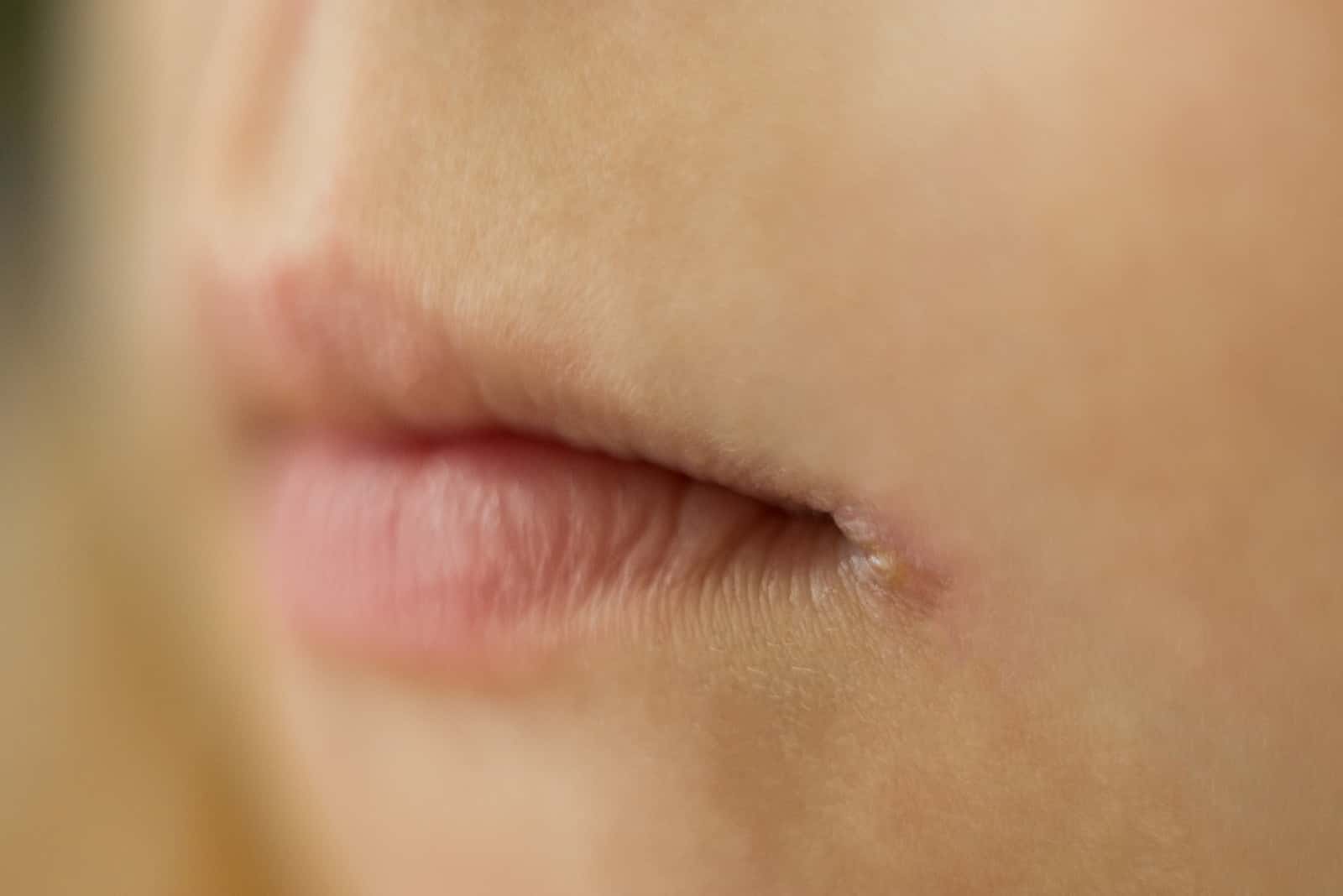
Do you ever develop painful cracks at the corners of your mouth? Doctors call this symptom perlèche or angular cheilitis. Treating it effectively can be challenging. In some cases, you will need to figure out how to control yeast overgrowth.
Controlling Yeast Overgrowth:
Q. I have an ongoing problem with yeast overgrowth on both sides of my mouth. This has been a problem for nearly a year.
I’ve seen the dermatologist multiple times, and she diagnosed my condition as yeast.
We have tried various topical creams. The only one that does any good is a combination of clotrimazole and betamethasone. Unfortunately, she says I should not use it long term.
The pills she would like to prescribe either contain titanium dioxide, to which I’m allergic, or cost over $300. I’m retired and living on social security. I can’t afford to spend money on pills that might not work. Please help!
Treating Angular Cheilitis:
A. It sounds like you are describing angular cheilitis, painful cracks at the corners of the mouth. Yeast overgrowth often causes this condition. Sometimes, however, people who have become deficient in zinc, vitamin B2 or vitamin B12 will respond to supplements.
The clotrimazole your dermatologist prescribed has strong antifungal activity. You may have already tried other antifungal ointments, such as miconazole (Micatin, Monistat, Zeasorb).
Other readers have reported success treating the cracked corners of their mouths with amber Listerine. This old-fashioned mouthwash contains essential oils with antifungal activity. Because yeast is a form of fungus, this can sometimes be helpful.
One common type of yeast that grows on human skin, Malassezia, triggers the immune system to produce interleukin 17 (IL-17) and create inflammation (Cell Host & Microbe, March 13, 2019). This reaction contributes to eczema as well as to angular cheilitis and, possibly, psoriasis (International Journal of Molecular Sciences, Feb. 13, 2020).
Diet Against Yeast Overgrowth:
In addition to applying Listerine or an antifungal ointment to the corners of your mouth, you might want to try a different diet. Dogs get ear infections when Malassezia gets out of control, and an antioxidant, anti-inflammatory diet can help (Veterinary Research Communications, March 2016). While people and dogs are quite different, we have heard from some readers that cutting out refined grains and sugars reduces yeast overgrowth. This approach may help control the redness and irritation you suffer.
Will Baby Shampoo Discourage Yeast Overgrowth?
Q. My dermatologist prescribed cortisone and an antifungal over-the-counter ointment for my persistent yeast infections. They kept the infections in check but never cured them.
I recalled that I used Johnson’s Baby Shampoo for my infant son’s cradle cap some 60 years ago. I quit the expensive medications and began using shampoo every other day when I showered. As a result, I am now free of yeast overgrowth and $300/year richer.
A. We are always delighted to hear when a simple solution works well. Extra points if it saves money.
Cradle cap is a form of seborrheic dermatitis. Yeast called Malassezia cause seborrheic dermatitis in adults and may contribute to cradle cap in infants as well. The makers of Johnson’s Baby Shampoo suggest that it can be helpful against cradle cap.
A dermatologist once told us that we could make an inexpensive dandruff remedy by mixing 1 part 100 percent propylene glycol with 4 parts baby shampoo. This mixture should be gentle yet effective, as propylene glycol has anti-fungal properties (Clinical, Cosmetic and Investigational Dermatology, Aug. 6, 2022). It is a common ingredient in skin care products.
Citations
- Sparber F et al, "The skin commensal yeast Malassezia triggers a type 17 response that coordinates anti-fungal immunity and exacerbates skin inflammation." Cell Host & Microbe, March 13, 2019. DOI: 10.1016/j.chom.2019.02.002
- Furue M et al, "Interleukin-17A and keratinocytes in psoriasis." International Journal of Molecular Sciences, Feb. 13, 2020. DOI: 10.3390/ijms21041275
- Di Cerbo A et al, "Clinical evaluation of an antiinflammatory and antioxidant diet effect in 30 dogs affected by chronic otitis externa: Preliminary results." Veterinary Research Communications, March 2016. DOI: 10.1007/s11259-015-9651-4
- Dall'Oglio F et al, "An overview of the diagnosis and management of seborrheic dermatitis." Clinical, Cosmetic and Investigational Dermatology, Aug. 6, 2022. DOI: 10.2147/CCID.S284671

